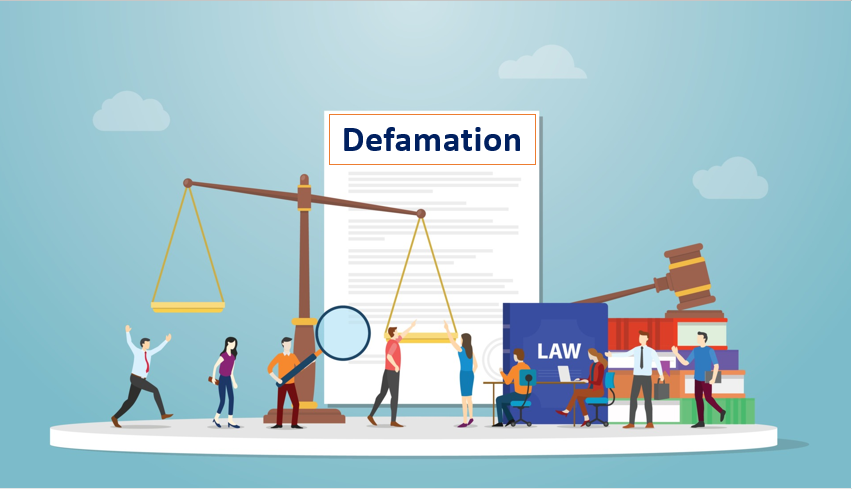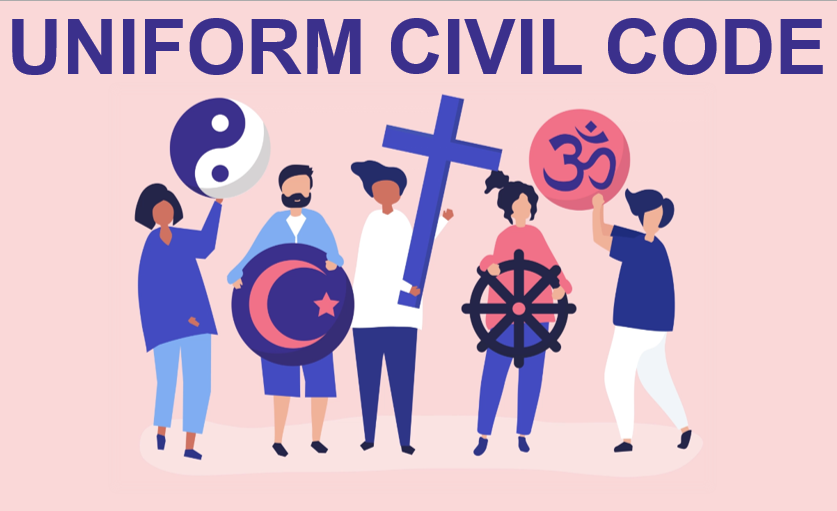Published on 07th May 2025
Authored By: Vikas Saini
Teerthanker Mahaveer University
Abstract
Artificial intelligence (AI) and machine learning (ML) are reshaping industries, economies, and societies, but their rapid adoption has left legal systems struggling to address novel questions of liability, intellectual property, privacy, bias, and regulatory harmonization. This article explores these challenges through real-world case studies, including autonomous vehicle accidents, AI-generated inventions, and algorithmic bias in criminal justice. It critically evaluates counterarguments favoring innovation over regulation and proposes actionable solutions, such as adaptive liability frameworks, AI-specific IP categories, and global regulatory cooperation. A dedicated analysis of AI’s future in the legal sector including predictive justice, automated contract drafting, and AI-driven dispute resolution—highlights both opportunities and risks. The article concludes with a roadmap for balancing technological progress with ethical and legal accountability.
Introduction: The AI Revolution and Its Legal Implications
Artificial intelligence (AI) and machine learning (ML) have transcended their origins as niche technologies to become foundational tools in healthcare, finance, transportation, and governance. From diagnosing diseases to drafting legal contracts, AI systems now perform tasks once reserved for human expertise. However, their autonomous, adaptive, and often opaque nature challenges traditional legal doctrines rooted in human agency and predictability.
The global AI market is projected to grow from $150 billion in 2023 to over $1.5 trillion by 2030, yet legal frameworks remain fragmented and reactive. For instance, while the EU’s AI Act (2023) bans socially harmful applications like biometric surveillance, the U.S. relies on sector-specific guidelines that lack enforceability. This regulatory lag creates uncertainty for businesses, courts, and individuals harmed by AI decisions.
This article examines five core legal challenges—liability, intellectual property, privacy, bias, and regulatory fragmentation—through case studies and counterarguments. It further explores AI’s transformative potential in the legal sector itself, where tools like predictive analytics and natural language processing are reshaping practice. Finally, it proposes solutions to reconcile innovation with accountability, ensuring AI serves as a force for equity rather than exploitation.
Liability: Assigning Responsibility for AI-Caused Harm
Case Study: Tesla’s Autopilot and the Limits of Product Liability
In 2023, a Tesla operating on Autopilot collided with a stationary fire truck in California, injuring three passengers. Victims sued Tesla, alleging defective AI software, but courts dismissed claims under product liability law, citing driver negligence. This outcome underscores the inadequacy of existing liability frameworks for AI systems that blend human and machine decision-making.
Legal Frameworks and Counterarguments
Traditional tort law relies on concepts of foreseeability and duty of care, which struggle to address AI’s “black box” decision-making. The EU’s draft AI Liability Directive (2022) proposes strict liability for high-risk AI systems, shifting the burden of proof to operators. Critics argue this could deter innovation by making companies liable for unforeseeable AI errors.
Proposed Solutions
Risk-Based Liability Tiers:
– Strict Liability: For high-risk applications (e.g., medical diagnostics, autonomous vehicles).
– Negligence Standards: For low-risk tools (e.g., recommendation algorithms).
– AI Insurance Pools: Mandate insurers and developers to share liability costs, akin to no-fault automotive insurance.
Intellectual Property: Redefining Authorship in the Age of AI
Case Study: DABUS and the Patent Paradox
In 2021, Dr. Stephen Thaler’s AI system, DABUS, designed a fractal-shaped food container and a neural flame device. Despite their novelty, patent offices in the U.S., UK, and EU denied applications, asserting that “inventors” must be human. South Africa and Saudi Arabia, however, granted patents to DABUS, highlighting global dissonance.
Counterarguments and Ethical Dilemmas
Tech advocates argue that denying AI-generated IP rights stifles innovation. Conversely, granting AI ownership risks devaluing human creativity and complicating enforcement.
For example, if an AI creates a song resembling a copyrighted work, who is liable—the developer, user, or AI itself?
Proposed Solutions
– AI-Assisted Invention Certificates: Recognize human developers as custodians of AI-generated IP, with royalties shared between developers and AI operators.
– Open-Source AI Licensing: Encourage collaborative innovation through standardized licenses for non-commercial AI outputs.
Privacy: Reconciling Data Exploitation with Rights
Case Study: Meta’s LLaMA and the Scraping Epidemic
In 2023, Meta’s LLaMA AI model was found to have trained on 1.5 million pirated books and 12 million Instagram photos without consent. This violates GDPR’s Article 5(1)(a), which mandates lawful data processing, but Meta argued compliance was impossible given AI’s data hunger.
Counterarguments
Tech firms claim strict privacy laws like GDPR impede AI development. Yet, the Schrems II ruling reaffirmed that privacy cannot be sacrificed for innovation.
Proposed Solutions
– Synthetic Data Mandates: Require AI developers to use artificially generated data for training where possible.
– Data Trusts: Establish third-party custodians to anonymize and manage data for AI training, ensuring compliance with privacy laws.
Algorithmic Bias: From Discrimination to Equity
Case Study: Hire Vue’s Facial Analysis Tool
Hire Vue’s AI hiring tool, which analyzed candidates’ facial expressions and tone, was scrapped in 2022 after studies showed bias against women and neuro divergent applicants.
Counterarguments
Some argue bias reflects societal inequities, not flawed algorithms. However, tools like COMPAS perpetuate systemic disparities even with “neutral” inputs.
Proposed Solutions
– Bias Audits: Mandate third-party audits for AI systems in hiring, lending, and criminal justice (e.g., NYC’s Local Law 144).
– Diverse Training Consortia: Require datasets to represent marginalized groups proportionally.
Regulatory Fragmentation: A Global Compliance Quagmire
Case Study: IBM’s Withdrawal from Facial Recognition
IBM exited the facial recognition market in 2020 due to conflicting laws—strict bans in the EU vs. lax standards in Asia.
Counterarguments
Industry groups like the U.S. Chamber of Commerce argue fragmented rules raise costs. However, harmonization risks stifling cultural sovereignty.
Proposed Solutions
– Mutual Recognition Agreements: Allow AI systems compliant with one jurisdiction’s high standards to operate globally (e.g., GDPR adequacy decisions).
– UN AI Governance Body: Modeled on the International Atomic Energy Agency, to oversee ethical standards and dispute resolution.
The Future of AI in the Legal Sector
Opportunities
- Predictive Justice: Tools like Lex Machina analyze case law to predict trial outcomes, improving litigation strategies.
- Automated Contract Drafting: Platforms like Law Geex review contracts 85% faster than human lawyers.
- AI Judges: Estonia pilots AI judges for small-claims disputes, reducing backlog.
Risks
- Job Displacement: 40% of paralegal tasks could be automated by 2030. <sup>19</sup>
- Opacity in Decision-Making: AI tools like COMPAS lack transparency, undermining due process.
- Ethical Erosion: Overreliance on AI may dilute human judgment in nuanced cases.
Proposed Legal Sector Reforms
– AI Transparency Clauses: Require courts to disclose AI tools used in rulings.
– Continuing Education Mandates: Train lawyers and judges to audit AI outputs critically.
Conclusion: Charting a Path Forward
The legal challenges of AI demand proactive, collaborative solutions:
- Adaptive Legislation: Update liability, IP, and privacy laws to reflect AI’s unique risks.
- Global Governance: Harmonize regulations without stifling innovation.
- Ethical Guardrails: Prioritize transparency, accountability, and equity in AI development.
As AI permeates the legal sector, stakeholders must ensure technology augments—not replaces—human judgment. By marrying innovation with integrity, society can harness AI’s potential while safeguarding justice.
References
- Statista, Global AI Market Size Forecast (2023).
- EU AI Act, Art 5(1)(d), 2023/0106(COD).
- NTSB Report No. HWY23FH008 (2023).
- Smith v. Tesla, Inc., No. 23-cv-04567 (ND Cal 2023).
- COM (2022) 496 final, Art 4.
- J. Maas, 45 J. Tech. L. & Pol. 112 (2023).
- Thaler v. Vidal, 43 F.4th 1207 (Fed. Cir. 2022).
- WIPO, AI and IP Policy Updates (2023).
- M. Lemley, The Myth of the AI Inventor(Stanford L. Rev., 2023).
- Authors Guild v. Meta Platforms, Inc., No. 23-cv-03456 (SDNY 2023).
- GDPR, Art 5(1)(a).
- Schrems II, C-311/18 (CJEU 2020).
- EEOC, HireVue Settlement (2022).
- J. Angwin et al., ProPublica (2016).
- IBM, Facial Recognition Exit Statement (2020).
- Lex Machina, 2023 Litigation Trends Report.
- LawGeex, Automation Efficiency Study (2022).
- Estonian Ministry of Justice, AI Judge Pilot Report (2023).
- McKinsey, Future of Legal Work (2022).
- Loomis v. Wisconsin, 137 S. Ct. 2290 (2017).


